PhD defense

Mid-infrared SiGe photonics: electro-optical frequency-combs and supercontinuum generation
C2N - Centre de Nanosciences et de Nanotechnologies, Amphithéâtre,
Strain engineering in freestanding ferroelectric membranes
C2N - Centre de Nanosciences et de Nanotechnologies, Amphithéâtre, Palaiseau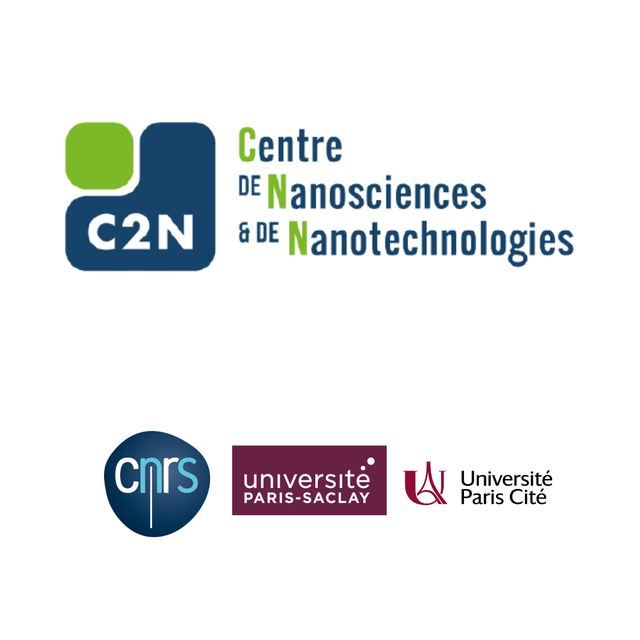
(in french)
C2N - Centre de Nanosciences et de Nanotechnologies, Amphithéâtre, Palaiseau
Coherent acoustic phonons in nanostructures: transduction, transport, and tunability
C2N - Centre de Nanosciences et de Nanotechnologies, , Palaiseau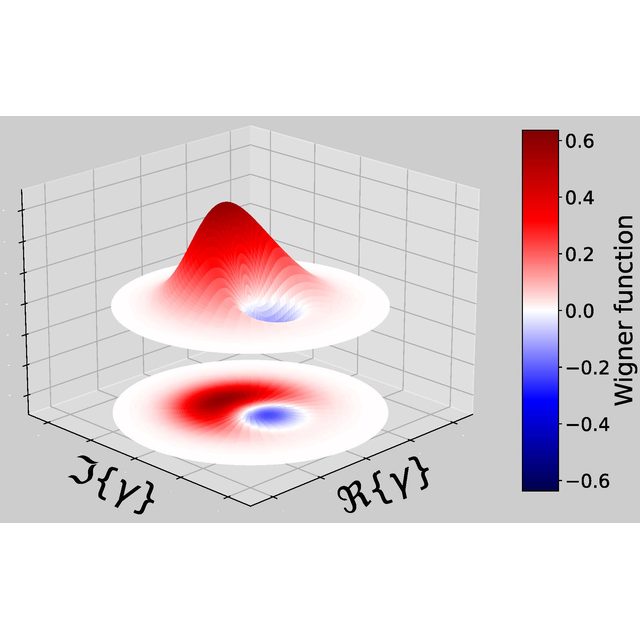
Wigner functions of Quantum Light emitted by Quantum Dot Sources
C2N - Centre de Nanosciences et de Nanotechnologies, Amphithéâtre,
Shaping tungsten dichalcogenides properties by chemical vapor deposition of alloys and polytypes
C2N - Centre de Nanosciences et de Nanotechnologies, , Palaiseau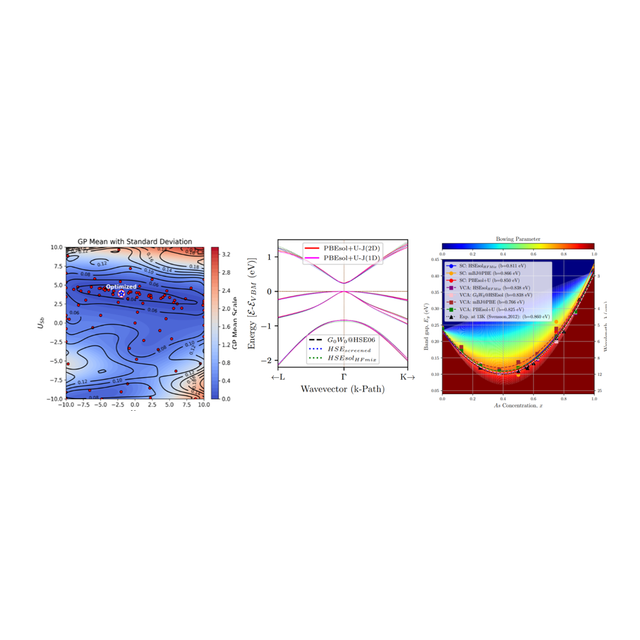
Machine Learning-Driven First-Principles Modeling of Far-Infrared Materials
C2N - Centre de Nanosciences et de Nanotechnologies, ,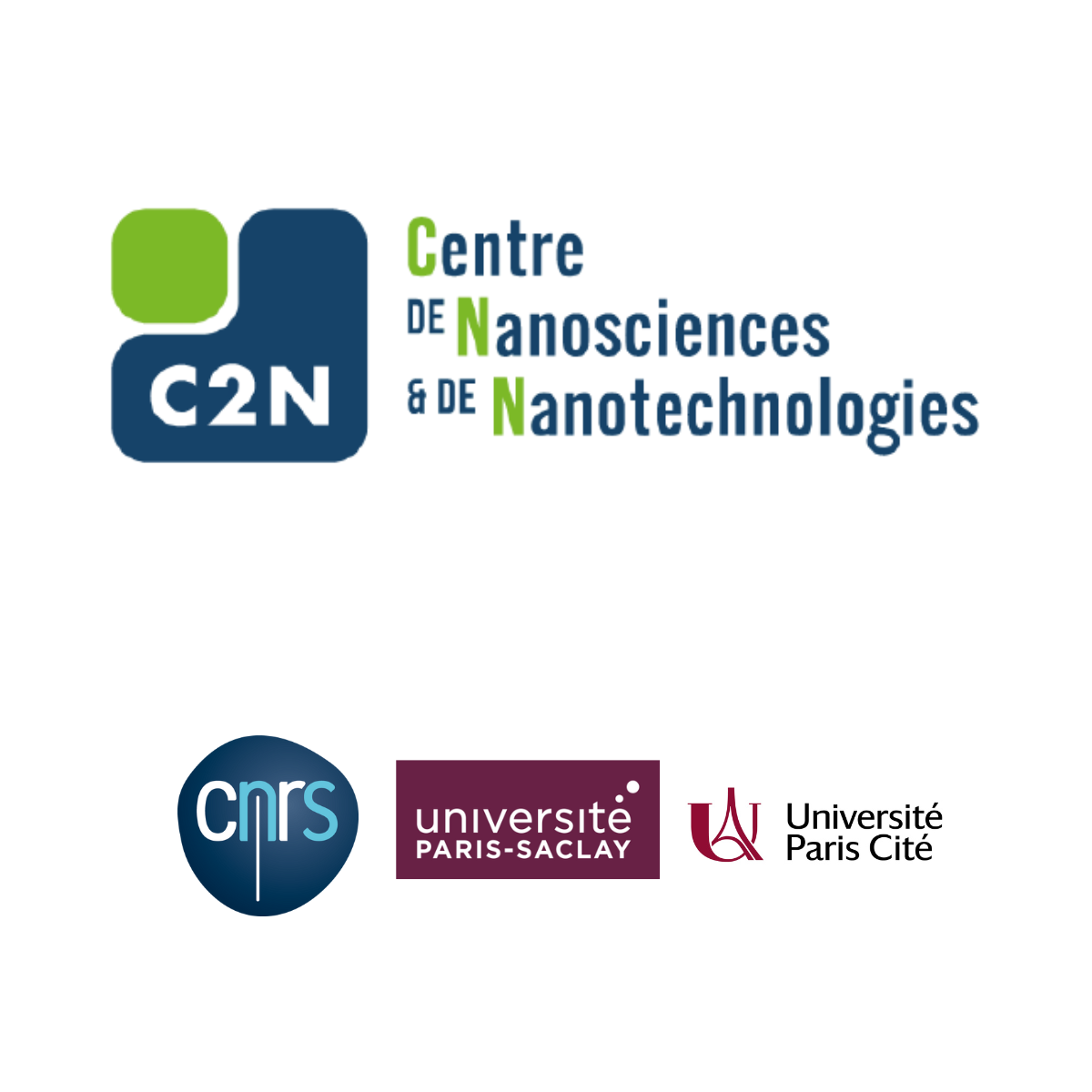
(in french)
C2N - Centre de Nanosciences et de Nanotechnologies, , Palaiseau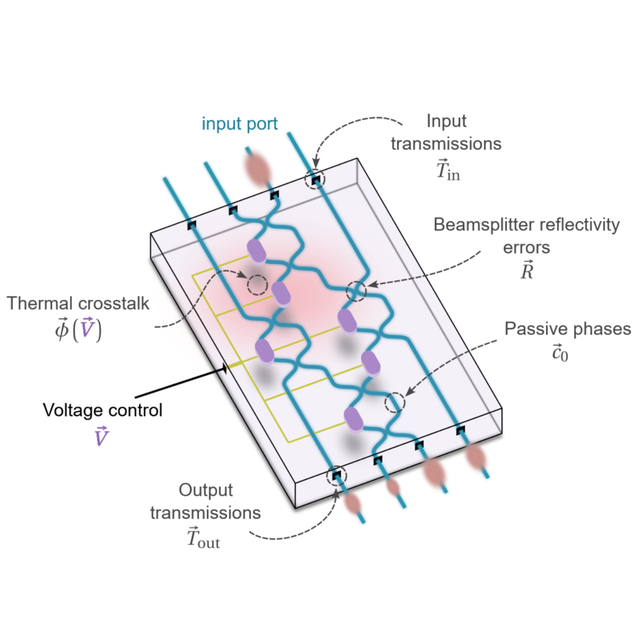
High-fidelity photonic quantum information : protocols and universal circuit control
C2N - Centre de Nanosciences et de Nanotechnologies, , Palaiseau